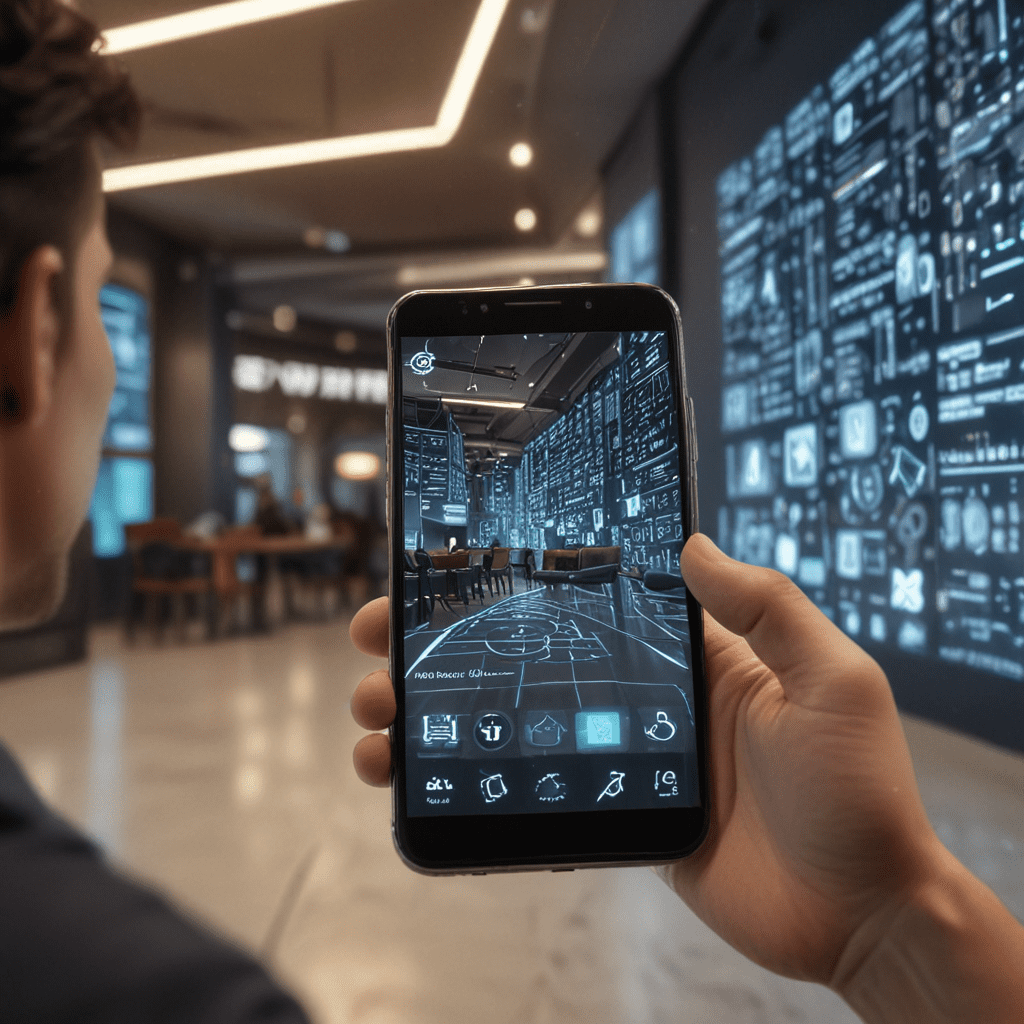
The Future of User Experience (UX) Design in Augmented Reality
Introduction
Augmented reality (AR), a captivating technology that blends our physical and digital worlds, has been revolutionizing various industries. At the heart of this evolution lies user experience (UX) design. UX plays a pivotal role in shaping how users interact with AR applications and creating immersive experiences that leave a lasting impression.
1. The Role of UX in AR
UX design in AR goes beyond the confines of traditional design practices. It encompasses a holistic approach that considers the unique affordances and constraints of the AR medium. By prioritizing user needs and expectations, UX designers ensure that AR applications are not only visually appealing but also intuitive, user-friendly, and accessible to all.
2. User-Centric Design in AR
At its core, AR UX design practices revolve around human-centered design principles. By involving users throughout the design process, designers gain valuable insights into their expectations, motivations, and behaviors. Usability testing, cognitive walkthroughs, and contextual inquiries help designers refine the AR experience based on real-world usage patterns.
3. Immersive and Compelling Experiences
AR has the potential to transport users into captivating digital realms. UX designers harness this capability to craft immersive and compelling experiences that extend beyond the traditional screen. By leveraging spatial mapping, hand tracking, and environmental awareness, they create AR applications that seamlessly blend with the real world.
4. Interface Design for AR
Interface design in AR presents a unique set of challenges. Designers must balance the need for functionality with the user's field of view. Haptic feedback, gaze tracking, and voice commands play a vital role in creating intuitive and non-intrusive interfaces that facilitate seamless interaction within the AR environment.
6. Cognitive and Sensory Considerations
Cognitive and sensory considerations play a vital role in designing effective AR experiences. Designers must account for human cognitive limitations, such as memory and attention spans, and optimize the interface accordingly. Sensory factors like lighting, sound, and haptic feedback can also significantly impact the user's perception and engagement.
7. Accessibility and Inclusion in AR
Accessibility and inclusion are paramount in AR UX design. Ensuring that AR applications are usable by people with disabilities and diverse backgrounds empowers them to participate fully in the digital realm. By incorporating principles of universal design, such as adjustable text size, color contrast, and alternative input methods, designers can create inclusive experiences for all.
8. The Evolution of UX Design Tools
The advancement of AR technology has necessitated the evolution of UX design tools. Specialized software and frameworks specifically tailored for AR application development have emerged, offering features that streamline the design process and enhance collaboration among designers and engineers. These tools provide precision tracking, environmental mapping, and simulation capabilities, enabling designers to create highly immersive and realistic experiences.
9. Data and Analytics for UX
Data and analytics play a critical role in refining and improving AR UX designs. By collecting user behavior data through heatmaps, eye tracking, and other analytics tools, designers can gain valuable insights into how users interact with AR applications. This data-driven approach helps identify areas for optimization and personalization, ultimately enhancing the overall user experience.
10. Emerging Trends and Future Directions
The future of AR UX design holds exciting possibilities. Emerging trends include the integration of artificial intelligence (AI) for adaptive and personalized experiences, the exploration of multi-user AR for collaborative and social interactions, and the adoption of blockchain technology for secure and transparent data management. As AR technology continues to advance, UX designers will push the boundaries of innovation to create user experiences that are not only immersive but also seamless, accessible, and ultimately transformative.
FAQ
- What are the key challenges in designing for AR UX?
Understanding the unique affordances and constraints of AR, balancing functionality with the user's field of view, and considering cognitive and sensory limitations are some of the key challenges.
- How can UX designers ensure accessibility and inclusion in AR?
Incorporating principles of universal design, such as adjustable text size, color contrast, and alternative input methods, can help designers create inclusive experiences for users with disabilities and diverse backgrounds.
- What tools are available to facilitate AR UX design?
Specialized software and frameworks tailored for AR application development provide features like precision tracking, environmental mapping, and simulation capabilities, enhancing the design process for immersive and realistic experiences.
- How can data and analytics improve AR UX?
Collecting user behavior data through heatmaps, eye tracking, and other analytics tools allows designers to identify areas for optimization and personalization, ultimately enhancing the overall user experience.
- What are some emerging trends in AR UX design?
The integration of AI for adaptive experiences, multi-user AR for social interactions, and blockchain technology for secure data management are among the emerging trends shaping the future of AR UX design.

